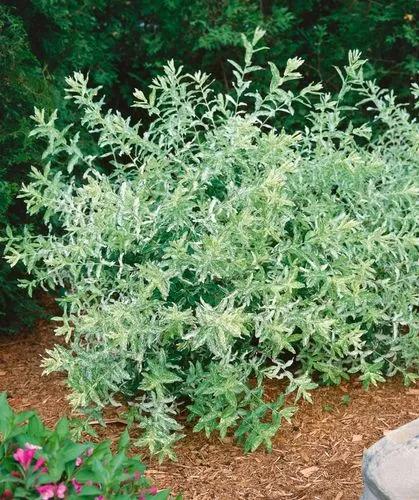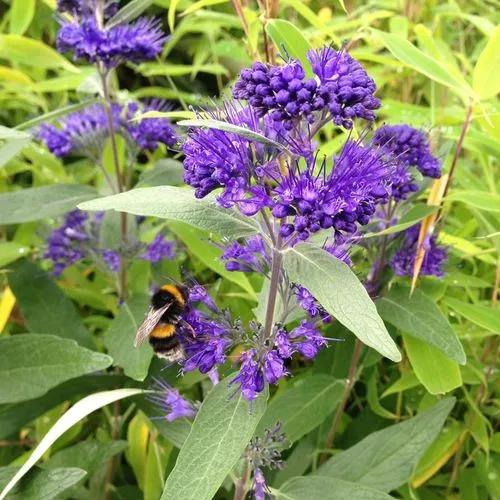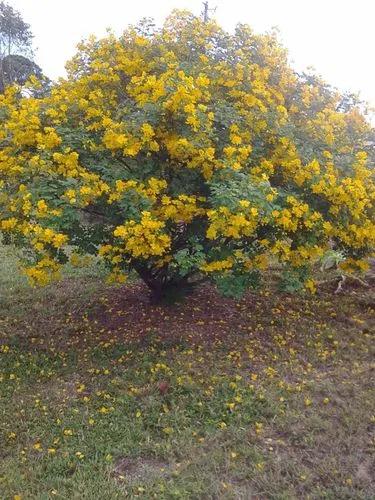is a species of tree that grows along the east coast of Australia. One of the most widely distributed Banksia species, it occurs between Victoria and Central Queensland in a broad range of habitats, from coastal dunes to mountains. It is highly variable in form, but is most often encountered as a tree up to 25 metres (82 ft) in height. Its leaves have dark green upper surfaces and white undersides, a contrast that can be striking on windy days.
It is one of the four original Banksia species collected by Sir Joseph Banks in 1770, and one of four species published in 1782 as part of Carolus Linnaeus the Younger's original description of the genus. It has had a complicated taxonomic history, with numerous species and varieties ascribed to it, only to be rejected or promoted to separate species. The taxonomy is now largely settled, with three subspecies recognised: B. integrifolia subsp. integrifolia, B. integrifolia subsp. compar and B. integrifolia subsp. monticola
Coast Banksia Care
Banksia Integrifolia



B. integrifolia is a highly variable species. It is most often encountered as a tree up to 25 metres (80 ft) in height, but in sheltered locations it can reach 35 metres (110 ft). In more exposed areas it may grow as a small, gnarled tree, reaching to no more than about 5 metres (15 ft), and in highly exposed positions, such as on exposed coastal headlands, it may even be reduced to a small shrub.
It usually has a single stout trunk, which is often twisted and gnarled, with the rough grey bark characteristic of Banksia. The leaves are dark green with a white underside, and occur in whorls of three to five. Adult leaves have entire margins; George specifies their dimensions as 4 to 20 centimetres (2–8 in) long and 6 to 35 millimetres (0.2–1.4 in) wide, but The Banksia Atlas warns that "Atlas contributors found great variability in these measurements with specimens often falling outside the varietal limits specified by George (1981) or being intermediate between two varieties." Juvenile leaves have dentate margins with a few short teeth, and are generally larger than adult leaves.
Flowers occur in Banksia's characteristic "flower spike", an inflorescence made up of several hundred flowers densely packed in a spiral around a woody axis. This is roughly cylindrical, 10 to 12 centimetres (4–5 in) high and five centimetres (2 in) wide. Flowers are usually pale yellow to yellow, but may be greenish or pinkish in bud. Each individual flower consists of a tubular perianth made up of four united tepals, and one long wiry style. Characteristic of the taxonomic section in which it is placed, the styles are straight rather than hooked. The style ends are initially trapped inside the upper perianth parts, but break free at anthesis. This process starts with the flowers at the bottom of the inflorescence, sweeping up the spike at an unusually high rate of between 96 and 390 flowers per 24 hours. Invasive in Australia, Invasive in the United Kingdom and Hawaiian islands.
How to Care for the Plant

Popularity

123 people already have this plant 9 people have added this plant to their wishlists
Discover more plants with the list below
Popular articles






